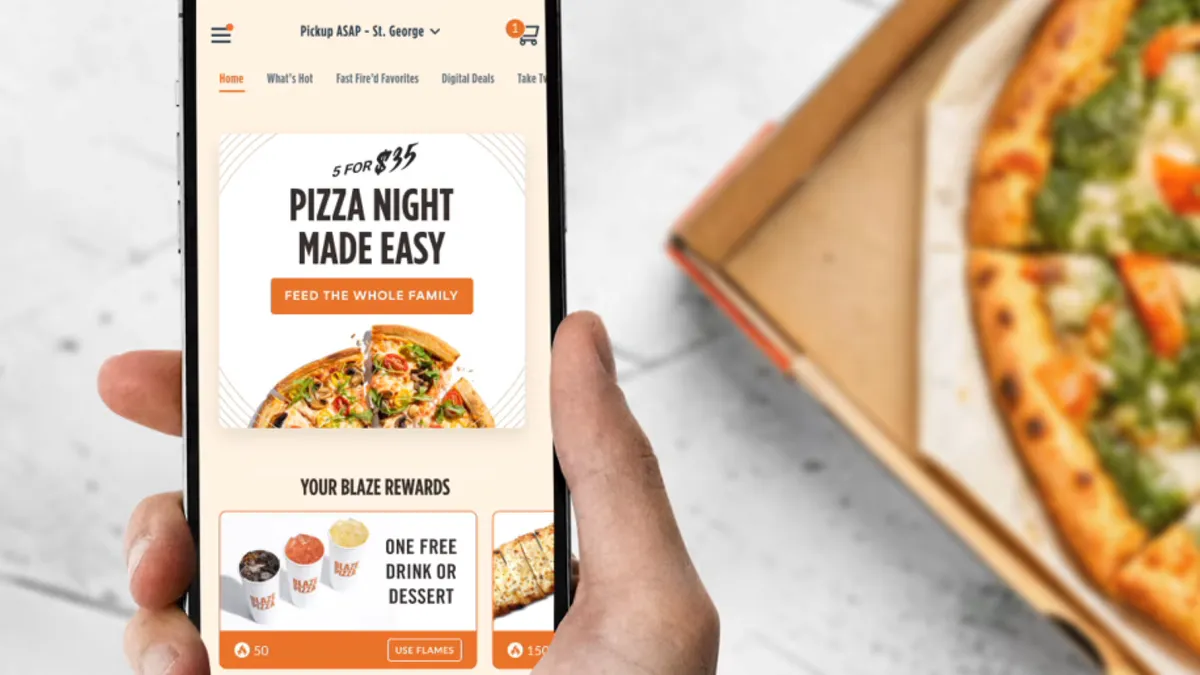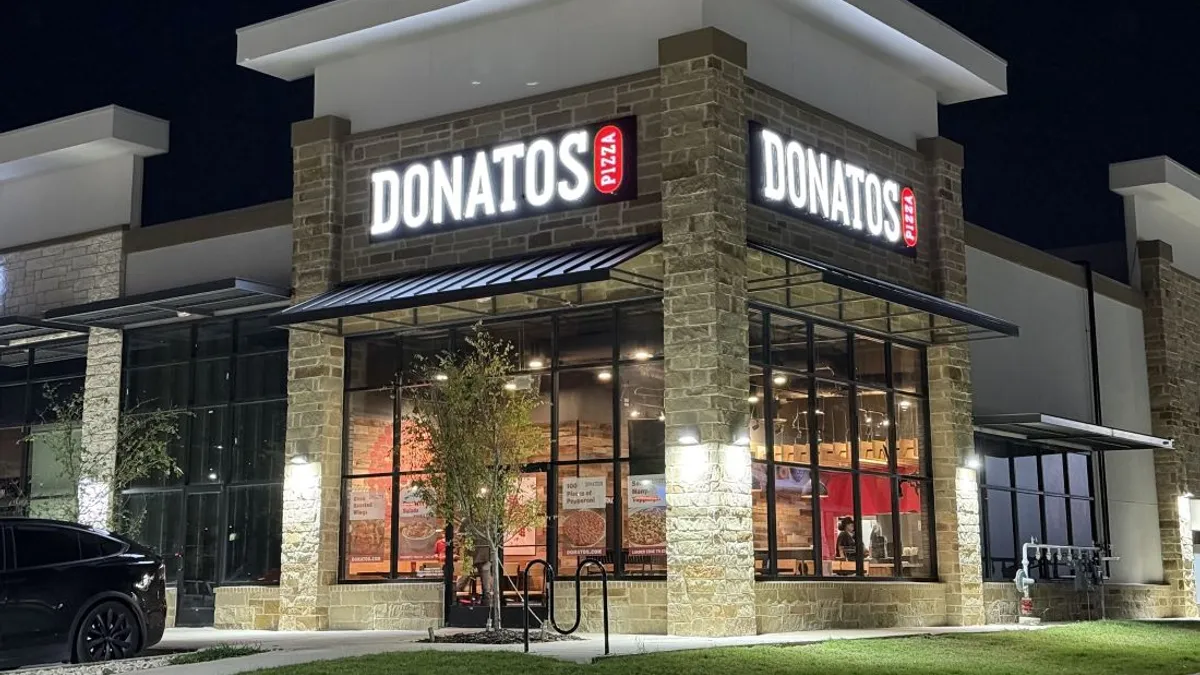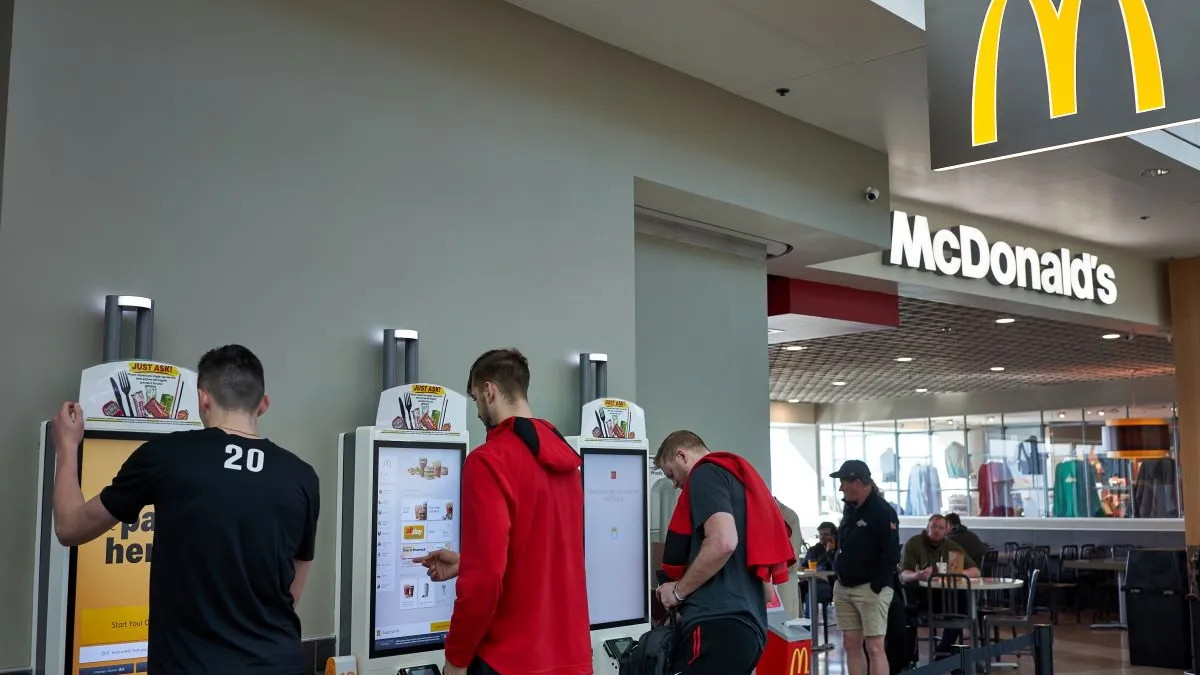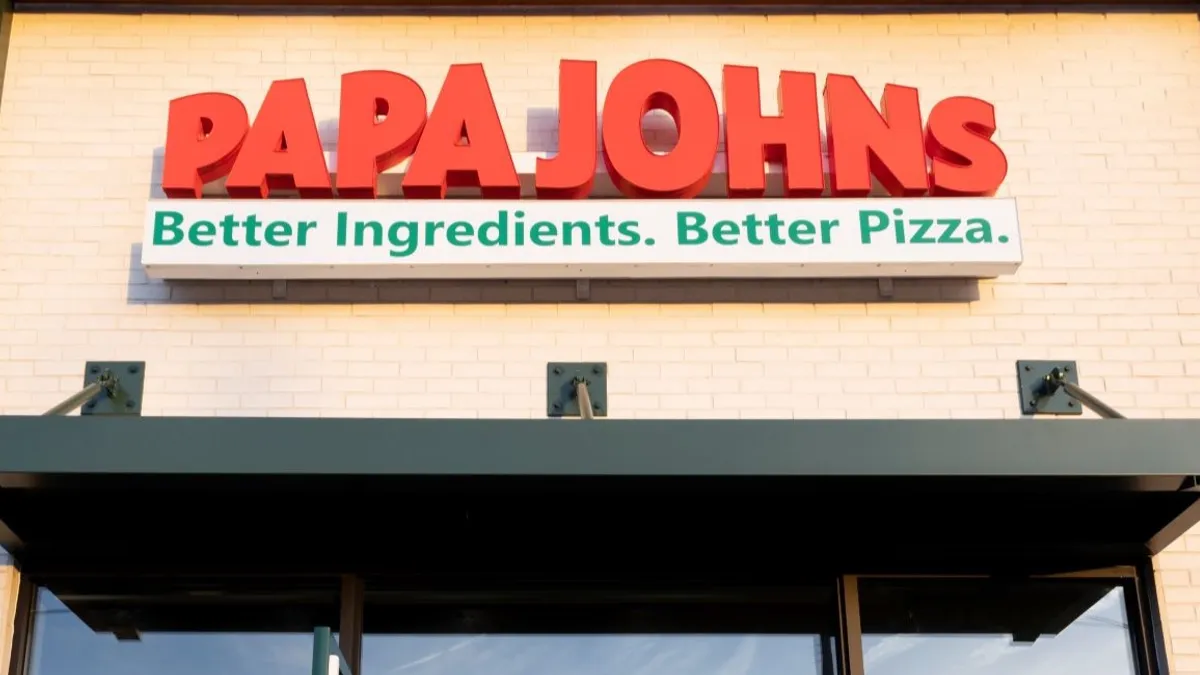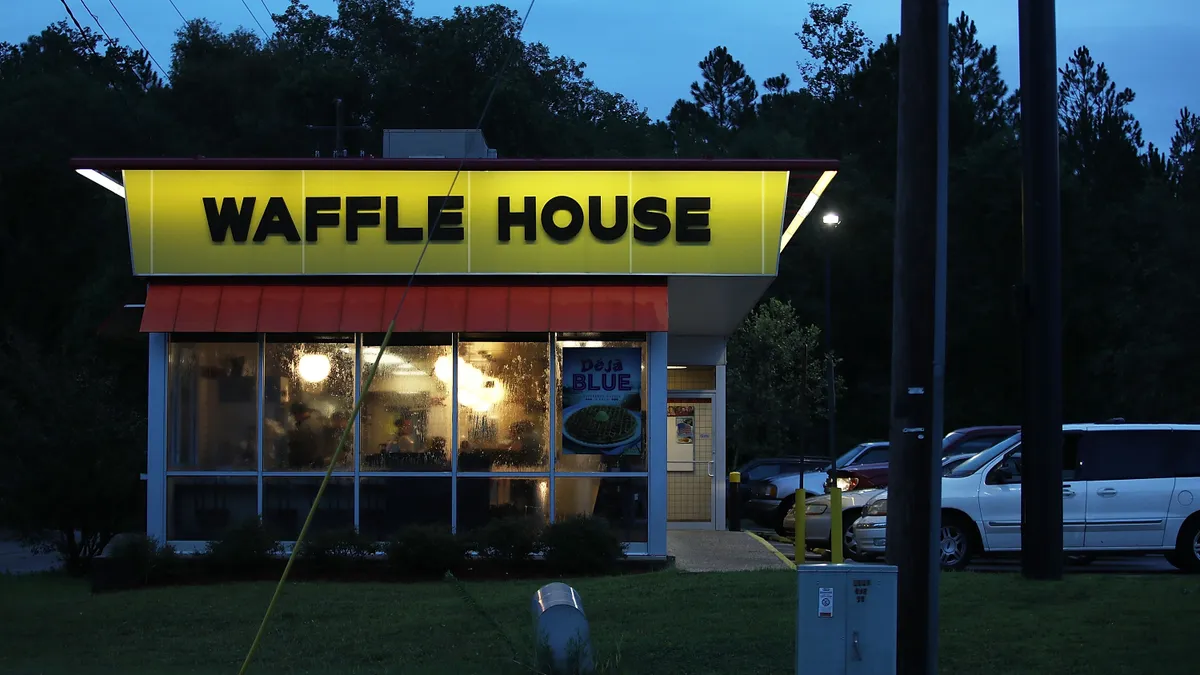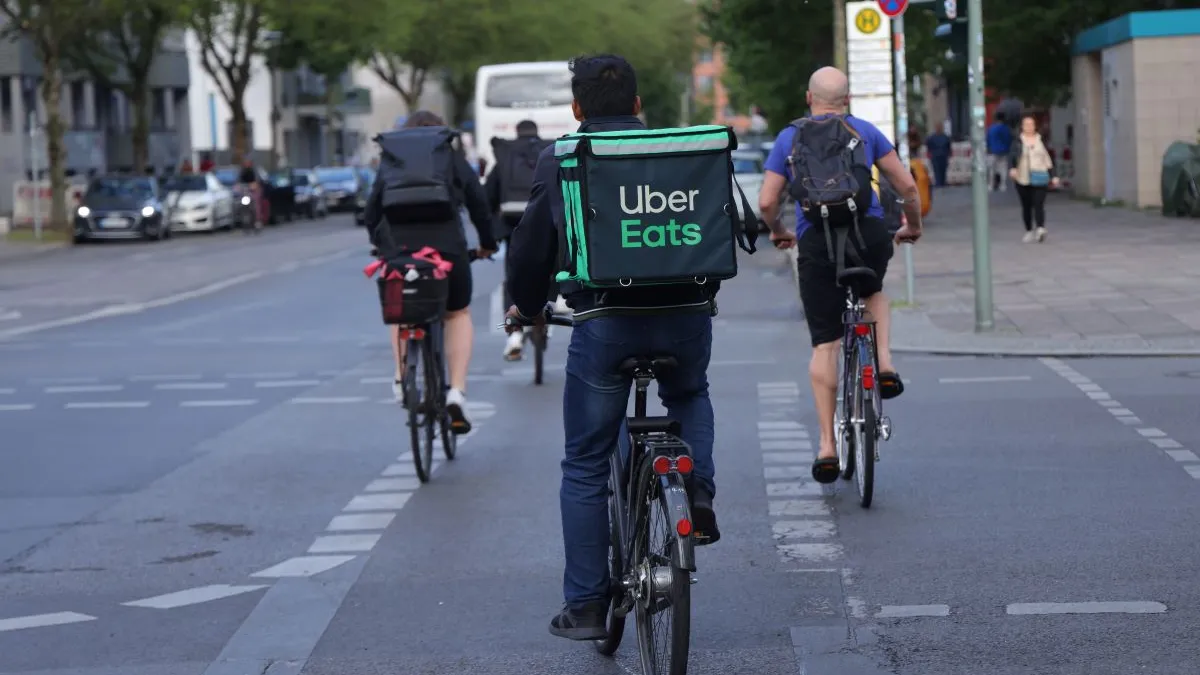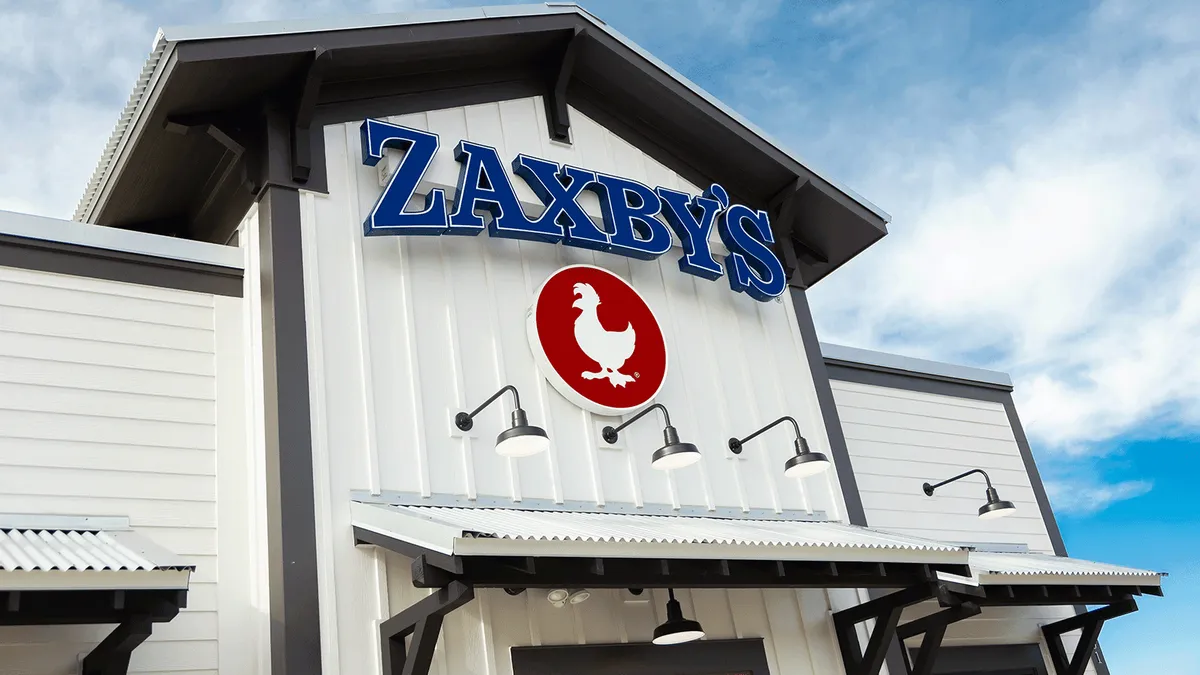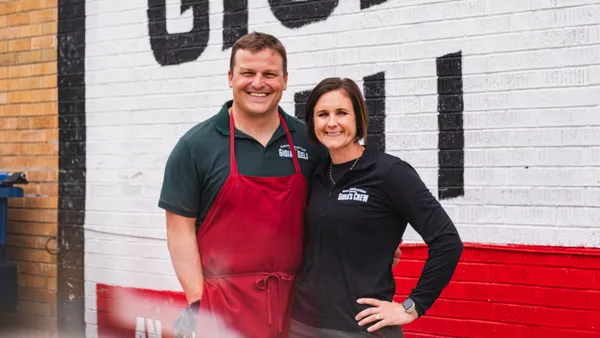Lunch Break is a series of Q&As with restaurant leaders about how their brands are overcoming industry challenges.
Delivery holds massive opportunity for restaurants across segments, but it also comes with a challenging dilemma: Should brands partner with third-party platforms or build out their own fleet of drivers? For Taziki's Mediterranean Cafe, the answer was both.
Restaurant Dive spoke with CEO Dan Simpson about what the 93-unit fast casual chain is learning from parallel pilots with Waitr, which is deployed in 12 of its markets, and its own program, which it's testing in Nashville and Richmond, Virginia. Simpson also discussed the challenges that come with the industry's new digital frontier, and how Taziki's is navigating them.
This interview has been edited for clarity and brevity.
RESTAURANT DIVE: What is your biggest challenge when it comes to optimizing omnichannel strategy?
DAN SIMPSON: The first challenge is to know why you're adding a certain channel. We need to be anchored in our consumer data. If a brand doesn't have a good group of customer profiles, I think that's really putting themselves in a bad position. We have several sources of data that we look at to help us define our 10 customer profiles, and ask "What are the use cases that we can solve for that help their lives?" We've tried to be disciplined about solving problems versus just adding programs.
The second challenge is resisting the tendency to create a system of bolt-ons. Instead, we've tried to be really disciplined about building an ecosystem. At first, it won't be very connected — the system will have disparate components. How do we reject closed systems and embrace systems that are open APIs [application programming interfaces]? You have to make tradeoffs. Not everything is integrable. We had a system that was about three-quarters Aloha [POS] and one-quarter Square POS, and we made a tradeoff. It took us more than a year to get our whole system converted to be ... fully on Square. And Square might not be the right answer for everyone, but it has built-in consumer data, email marketing and a loyalty program that we were able to leverage into our app. And it allowed us with two systems to do what before we did with like five. Does it have all of the bells and whistles we want? No, it doesn't. But brands need to take a more active stake — we don't want them to just hand us a product that's static. We want to be part of the process of making it better.
How is delivery shaping Taziki's future?
Simpson: When I met with our board about this, there was a lot of split emotions about delivery and some people said, "Absolutely not. We will not yield our customers and our data to some other third-party." And that's grounded, I would say, in some news reports but a lot of fear. The other side said, "We have to do this or we're gonna lose out on market share." Either one of those positions is based on fear.
I will tell you we've seen sales between third-party and where we did it in-house ... where the in-house has higher sales per order. So we are seeing some signs that suggest that it's not just doable but also maybe more profitable. There's compounding interest in keeping all of your guests in this ecosystem where they ordered delivery and say, "Oh, I didn't realize they had catering," and then next time they're going to order catering because their account's already set up. I think otherwise we have to work harder on these crossover conversion strategies if it's all in Uber Eats' marketplace. You have to constantly be educating them. If your touch point is a third-party delivery partner, diners are also seeing all of your competition in the same app and it's just harder to form that connection.
And we have to protect our operators. You have this whole new digital world with all these online orders coming in. So for your kitchen to be able to not lose their minds and turn against you you've got to be able to figure out what the capacity of your kitchen is. How many orders can it do per minute? There is a real ceiling when you add another line no matter what the order type is. It could be dine-in or catering or delivery. I think we have to think about new prototypes that are probably the same-sized kitchens, maybe bigger, with smaller dining rooms and restaurants that are really optimized for off-premise.
How do you find your own drivers?
Simpson: We've worked through the insurance questions. You can pay $3,000 to $4,000 a year and get umbrella insurance coverage for each individual store. If you're going to ... use your staff for delivery, the employees need to reach out to their own [auto] insurance company and add a commercial use for $20 to $30. It's not that expensive. Most of the time these drivers are coming out of the gig economy already, so they already drive for others, understand the model, understand how they're going to get paid and they're looking for more hours and more opportunity, in some cases. They come to us and say look, I've driven for Uber, I've driven for Lyft or Postmates. We actually have not had a problem in finding drivers.
They also all get trained on the food because they're on the clock — they're not just a crowdsourced driver for us. They're doing secondary duties when they're not delivering food. So we train them in different positions in the restaurant.
Any advice?
Simpson: You don't want to fail in scale, right? You want to fail small. Be open to trusting your guests, to collaborating with them some and ask for their feedback along the way versus trying to be in an ivory tower developing everything and trying to get it all perfect. Learn from your peers. Learn from people that are spending millions and millions of dollars on technology when you're only spending thousands. Don't feel pressure to be out front as a pioneer. Be a fast follower. It's a much better position unless you happen to be McDonald's or Chick-fil-A.








